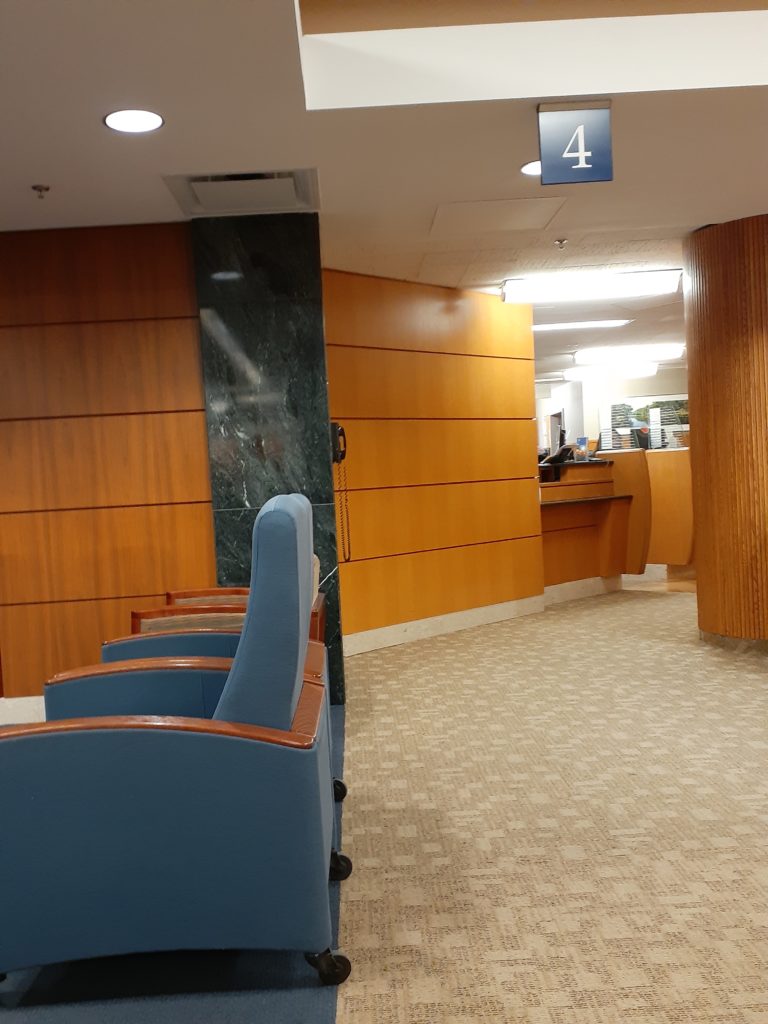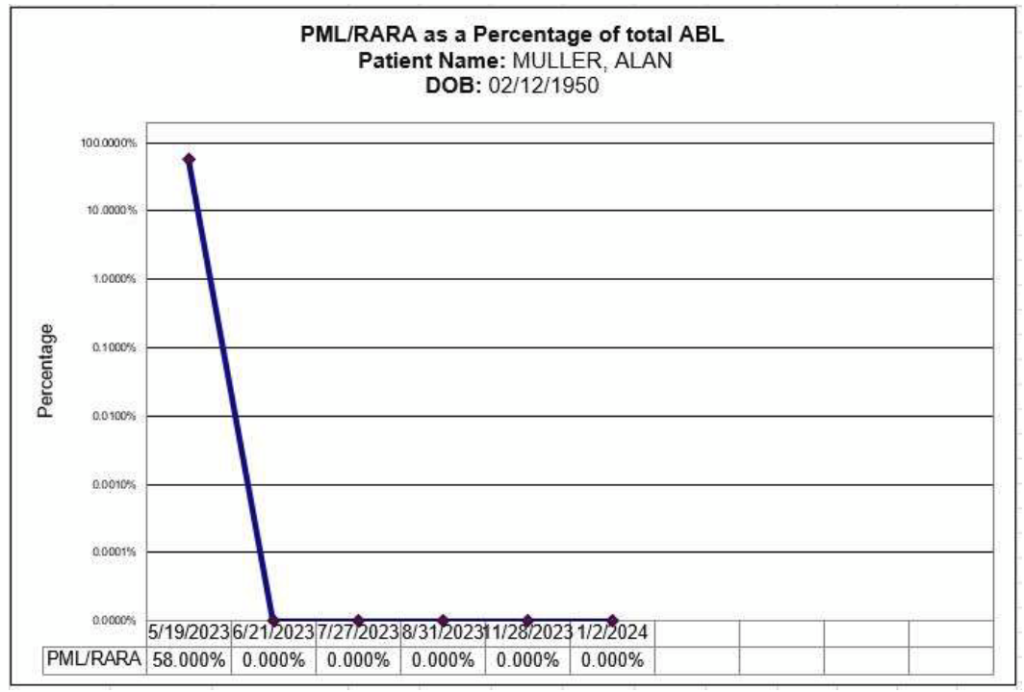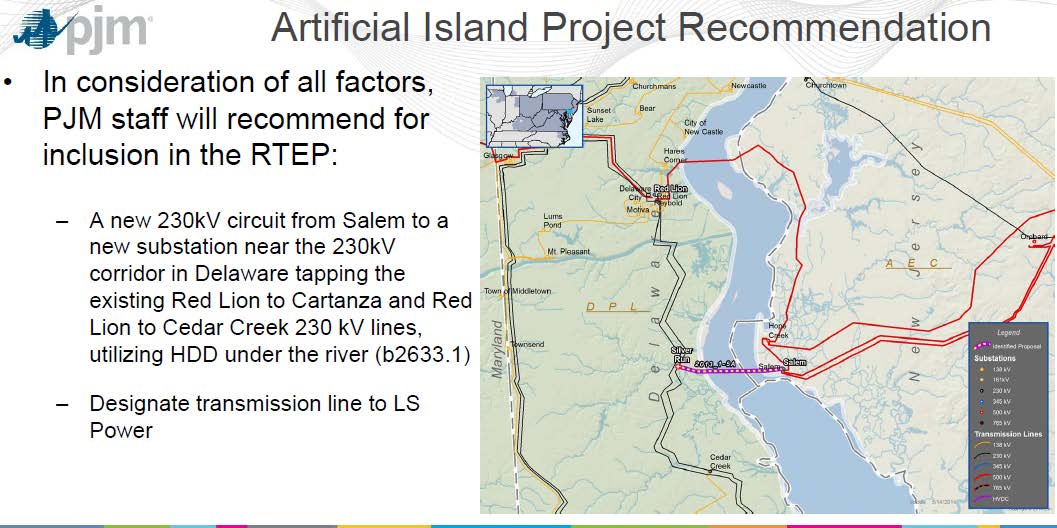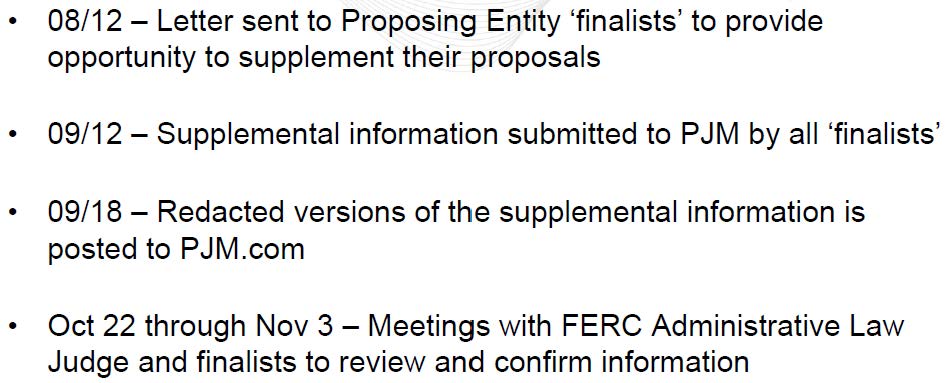Only 25 more days of Leukemia treatment!
February 2nd, 2024
Acute Promyleocytic Leukemia sucks, but as sucky things go, this hasn’t been so bad.
Today we had another confab with the Leukemia “fellow,” Dr. Premji, this one in person down in Rochester. She’s very cool, and we’re impressed. Alan’s been getting the best of care imaginable. He’s in the final “cycle” which will be winding up near month’s end. WHAT A RELIEF!!!
We got a look at what’s next, after finishing this EIGHT MONTH LONG round of daily treatment. It’s on a rotating basis back and forth between one cycle with 2 weeks of IV arsenic (arsenic on weekdays) and oral ATRA everyday and then 2 weeks of arsenic only (on weekdays); and the other cycle of 2 weeks of oral ATRA only and then 2 weeks off both. Eight alternating cycles, beginning in July after his June 23rd discharge, and at long last, the last infusion is February 27. TWENTY FIVE DAYS TO GO!
After treatment ends, Dr. Premji said it would be a few months until Alan’s immune system builds up after this extreme treatment, so probably June, but with COVID running rampant again, it’s a good time to be masking and isolating.
Platelets always go down a bit during an arsenic cycle, so no worries, they’ll bounce back! And what an improvement after that initial level of NINE (9) on admission. That rather freaked the doctors out! He’s been in remission since some time in that first blue spike “induction” phase ended, technically in remission on discharge June 23. Outpatient, it’s the “consolidation” phase (no idea why it’s called that), and it’s soon completed.
We’re still waiting on this month’s PML/RARa, should be back in a few days, but here’s verification of the good news, the nasty cells are down to ZERO and have been since early on:
After our March visit, he’ll be scheduled for a visit every 3 months. She said he’s been doing exceptionally well, far better than most, with almost no side effects, mindful that this is not chemo. It’s “treatment,” and always the APL treatment side effects of this are less, not at all debilitating or even uncomfortable, just some weird stuff, occasional headaches, skin falling off!!! We’ve only had one real bump in the road, pneumonia in October, with quick recovery. WHEW!
And after getting back from Rochester, another arsenic infusion today in Red Wing… Can’t wait until we’re done with these Rochester treks, and constant appointments here too, though now at least we know where we’re going in the Rochester tunnels, elevators, and we have quite a few “get out of jail free” cards for the parking lot. Red Wing always takes a long time to get the infusions going, but at least he can get them done here, that helps a lot.
Alan said he’d like another picnic at the Gonda building entrance…
He had to see his doggy, and Mayo wouldn’t let Sadie in, so when weather was good, we had an Indian feast at the door — veggie korma and palak paneer, pakora with lots of coriander chutney, and garlic naan of course. Frankly, that month-plus in the hospital was a rough time I’d rather not relive!
Yup, I’m counting the days until this is OVER! Last arsenic dose, arsenic and ATRA treatment ENDS on February 27th. Another bone marrow biopsy a week later, and meet for our “exit interview” after that.
TWENTY FIVE DAYS TO GO!!!
Delaware cancer rates — note 19731
July 4th, 2023
Yes, every picture tells a story, worth a thousand words… Alan Muller, Green Delaware, spent decades fighting the polluters of Delaware, concentrated in New Castle County, and the Indian River coal plant way south (and surrounded by cancer), and many other polluters in Delaware and beyond.
A few maps of Delaware cancer rates… from this article about articles in the Snooze Urinal (as Alan calls the News Journal):
Cancer Clusters in Delaware? How One Newspaper Turned Official Statistics into News
Alan’s Port Penn, DE is in this area on the bay, just south of the C&D Canal, dark red in the map above, dark blue in the maps below:
Cancer Cluster Investigations in Delaware
And from the state’s Division of Public Health:
CENSUS TRACT-LEVEL CANCER INCIDENCE IN DELAWARE, 2015-2019
Port Penn, DE is in the dark blue census tract on eastern edge, south of Delaware City, that bumps out into the Delaware Bay (166 incidence rate on map):
Alan Muller on Bloomgate
November 5th, 2016
Alan Muller is the executive director of Green Delaware.
Biden? A distraction, not a contender.
August 7th, 2015
Joe Biden and Champ
I wish Joe Biden would get over himself and stop musing about a Presidential run. He is not a contender. Biden’s intent? I’d guess it’s nothing more than a distraction from the strong showing by Bernie Sanders. Bernie is the nightmare of Democratic leadership, precisely because he’s the most compelling candidate for democratic voters (small “d”), people interested in preservation, revival, of our democracy.
Biden sure isn’t what I’d look for in a candidate. A recent post on Politico, How a Young Joe Biden Turned Liberals Against Integration, brings to light Biden’s efforts to preserve segregation. That should be enough to take him off anyone’s potential Presidential candidate list.
Alan Muller, Green Delaware, has had to deal with Biden for a long time now, and has a lot of insight into Biden’s character based on Biden’s record and actions. One story I’ve heard often is of a group opposing the Iraq war meeting with Biden in his office, and of Biden’s absolute and nasty dismissal of them and their concerns (expletives deleted for this PG-13 post).
Racial issues have been a struggle for Delaware, and Biden provides an example of white resistance to integration. Delaware was a slave state. Though it bills itself “The First State,” and though Delaware was the first state to ratify the Constitution, it was also the first state outside the Confederacy to reject the 14th Amendment, in 1867, and Delaware was very slow to ratify the 14th Amendment — it held off until 1901, 33 years after it was approved by enough states to be added to the Constitution.
Here’s an example of Biden’s “leadership,” a reminder of Biden’s efforts as a U.S. Senator to maintain segregation:
How a Young Joe Biden Turned Liberals Against Integration
Will Delaware, like Illinois, sue FERC and PJM?
July 30th, 2015
Sure hope so — they’ve got it coming. Cost apportionment is a big issue, and for PJM, well, they’d taken their cost apportionment dream to FERC, got the FERC rubber stamp, but it seems they’ve not done a good job of it, according to the Federal Court — that’s old news:
Fast forward to today — turns out Delaware’s Gov. Markell is objecting to costs assessed to Delaware ratepayers, (though I’m not seeing any objection to the project itself coming out of Delaware). DOH! He’d better, this project does nothing for Delaware.
Here’s the PJM Planning doc that tells all:
Note on the first page the statement of need, of why this project is wanted — this is really important:
PJM specified that solution proposals must improve stability margins, reduce Artificial Island MVAR output requirements and address high voltage reliability issues.
So let me get this straight — they’re having stability and reliability issues and PSEG wants to reduce Artificial Island MVAR output requirements, and want to charge Delaware ratepayers for this? PUH-LEEZE… This is a benefit to PSEG, not Delmarva…
And look what our big-coal friends at ODEC have to say:
ODEC letter regarding Artificial Island 7-29-2015
This project taps into the new line that was built not long ago:
Delaware has no regulation of transmission need or siting — so utilities can pretty much do whatever they want. Further, it’s a FERC tariff, so the state doesn’t have anything to say about it going into the rates, and cost apportionment. Great, just great. So now Markell is objecting? It’s a little late…
Delaware needs legislation — legislation like a “Power Plant Siting Act” and a legislative requirement of a need determination for whatever infrastructure they think they want. They need legislation specifying that only Delaware utilities can own and operate transmission in Delaware (see House Bill 387 from the 2014 session). Here’s what House Bill 387 would have done (It would have been an effective good start, protective of Delaware!), establish that a utility wanting to construct and operate transmission demonstrate NEED! Here’s the wording, though it would require quite a bit more, and some solid rules, to be effective:
a.the need for the proposed transmission line;
b.the impact on the reliability of the transmission grid
c.the long term viability of the public utility proposing the line;
d.the technical engineering and operating expertise of the public utility;
e.the technology and design proposed for the new transmission line; and
f.the economic and safety impact of the proposed transmission line.
Here’s the report about this PJM approval from Jeff Montgomery, News Journal:
Disputed cost-shares remain in plan for new power line
Note this snippet:
And here’s the schedule for this project going forward from the PJM Board meeting yesterday:
Seems there’s an opportunity before the FERC ALJ. But before then? What is Delaware going to do? Well, take a look at what Illinois did when it didn’t appreciate the FERC Cost Apportionment scheme — they sued FERC and won, based on the notion that if they weren’t benefitting, they shouldn’t be the ones paying:
The FERC Cost Apportionment scheme was remanded, and it’s in settlement negotiations right now. What is Delaware doing in that docket? To review the public postings, go HERE and search for FERC Docket EL05-121. The next settlement conference is Thursday, August 6, 2015, starting at 10:15 a.m. in a hearing room at FERC HQ. Delaware is represented in this, at least there are Delaware PSC staff listed on the service list, Janis Dillard, John Farber, and Robert Howatt. So what are they doing about this cost apportionment scheme? Seems this settlement conference is just the place for raising a stink about the PJM cost apportionment scheme, to raise issues of “benefits” and “cause cost, pay” arguments. Are they showing up and speaking up for Delaware?
















